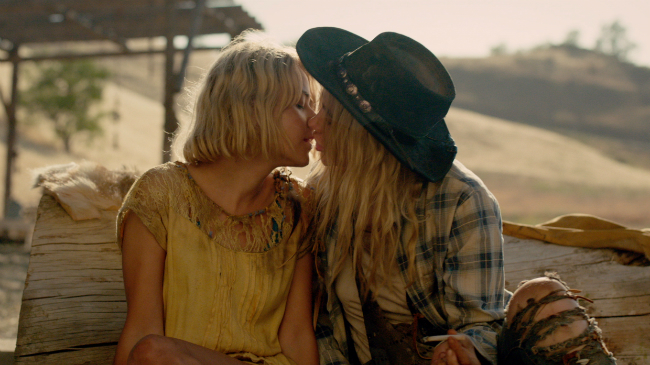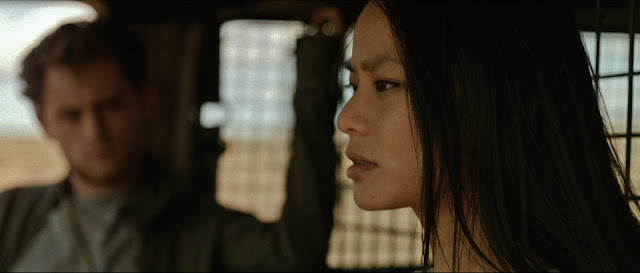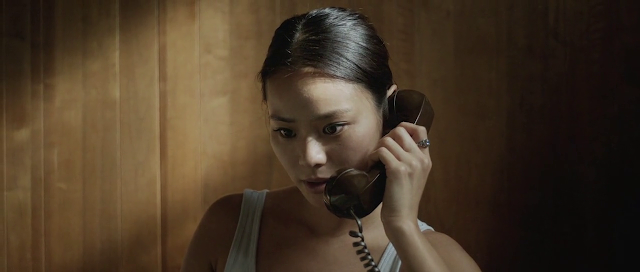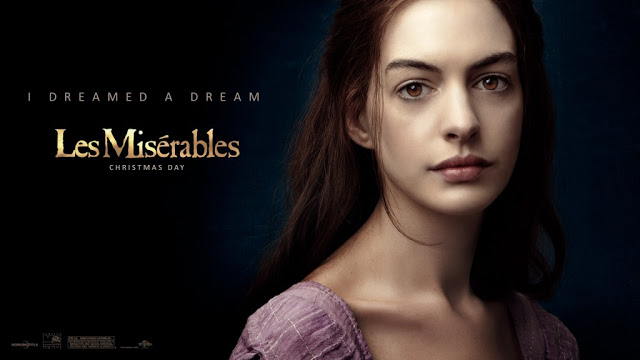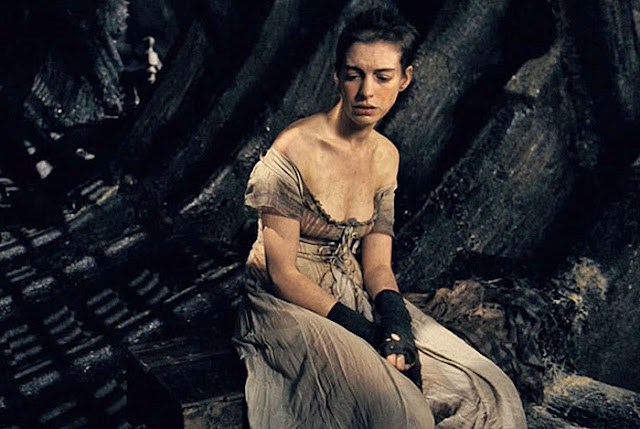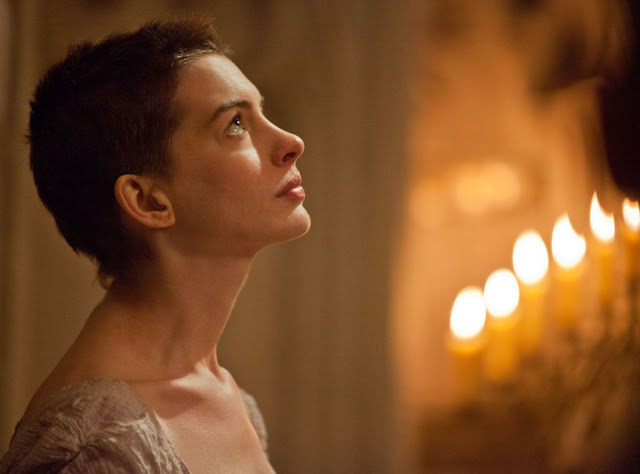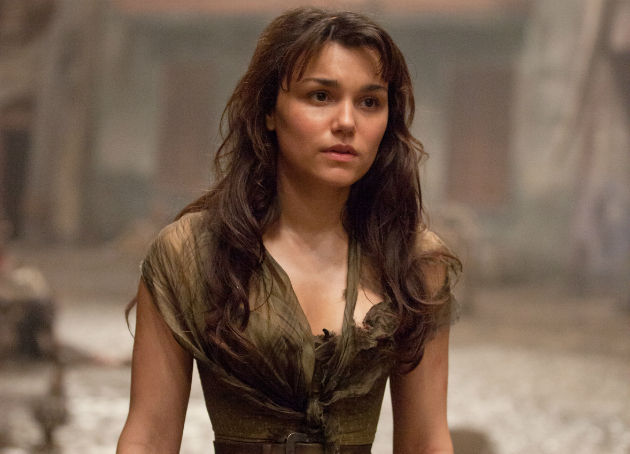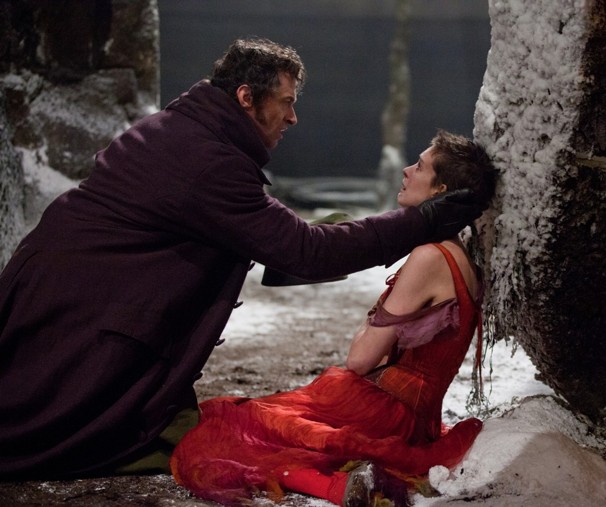Written by Amanda Rodriguez.
The Lotus Gun is a critically acclaimed short, independent student film co-written and directed by Amanda Milius. The film is a beautifully rendered post-apocalyptic story with a Western aesthetic that features a queer relationship between its two female leads. Set in a future of wide open spaces, The Lotus Gun is a survivor story about Nora (Lauren Avery), its laconic, independent lead, who escaped from a drug cult and a life of sex slavery.
The cinematography of this film is breathtaking, conveying more about a world long gone to seed than any exposition or carefully placed ruins possibly could. The Lotus Gun critiques collectivism, favoring instead an individualistic approach popular in the Western genre. Here the communal, sharing societies are actually patriarchal, and they commodify women, engaging in sex trafficking and sexual slavery. It is then not surprising that naive Daphine (Dasha Nekrasova), Nora’s partner, is fascinated by a young man who wanders onto their property, while Nora plans to kill him, knowing the threat he poses.

Enter The Lotus Gun.
Guns are often a key feature of the the Western genre, and the relationship between the old West protagonist and his (usually) gun is often a love story. Here, guns are so scarce that few have ever seen them, so the gun itself is a phallic relic. Interestingly, Nora, a woman, is presumably the only person left who has one.
The Lotus Gun is an engaging film with arresting imagery and a plot that took me to surprising places. I look forward to seeing newcomer Amanda Milius’ next projects. My only critique is that the two female leads, being thin, white, blonde women, are not as unique as the story itself. I did, however, appreciate how dirty they were, their skin covered in blemishes and bruises, their clothes ripped and dusty.

I had the privilege of interviewing talented writer and director Amanda Milius.
Bitch Flicks: What made you choose to make this film?
Amanda Milius: I have always been drawn to the things people do when there’s no law around, so in pre- or post- current versions of society or civilization. I had both smaller and larger versions of this particular story I’d had for a while, and at school we got to do these sort of smaller 5-minute films throughout the program. So I explored different aspects of the kinds of people and stories I like, and I just wanted an opportunity to get one fully realized thought out. It happens to be 25 minutes long, which I certainly heard no end about from everyone I know… But I’m glad it is what it is because it wasn’t meant to be 12 minutes long.
I like the idea of these two very different kinds of women and how differently they react to the world and how their basic personality makeups create a conflict just out of that. Nora sees the world as an inherently bad place and Daph feels the opposite. I also just wanted to express my particular style and aesthetic and really have a story where that could be featured… I definitely didn’t want to do anything indoors; I really like people having to survive in nature. I had a very particular visual style I wanted and I used to be a photographer for fashion and music magazines so I’ve had time to sort out the style I like and I wanted a moment to showcase that.
Thankfully, I found a really great team of people who also got it and really expanded on it. Sean Bagley, the director of photography (DP), is just as much a part of it, same with the costume designer Adam Alonso, and the production designers Marcelo Dolce and Katie Pyne — everyone really got it and so it comes together in a very good way, thankfully.
BF: Why do you feel this is an important story to tell?
AM: Because even though society does exist and keeps us safe, there are things we take for granted as reality when they are only just imposed on us from society. So how real are they? How is equality between people maintained? How do the weak stand up to the strong or groups of people when they are outnumbered? I maybe have more of Nora’s point of view of the world: I don’t think people will act the way they do now when civilization is gone, and so then how will people decide what’s right and wrong? What kind of women will survive and how? How will men and women interact? I think it’s important now. I think it’s a good thing to figure out what your values are as an independent person with an independent morality.
At the end of the day, it’s a movie about loyalty and relationships. In two-person relationships, there’s always a power dynamic, which isn’t bad, but it exists. I wanted to deal with ideas about “possessiveness” and ownership and freedom within relationships. Dash splits because she maybe thinks she will find freedom elsewhere. And in this particular world and situation, she finds out she was free before. Nora already knows this, so the way she deals with the betrayal is interesting… how she really does kind of treat Daph as a pet, like she doesn’t know any better. But she saves her and that’s what matters, she still makes sure she has a life. The idea was not that how all these people act is necessarily what I or we would think is correct or right, but in this world it’s what happens.
BF: Why did you choose to make your film a Western?
AM: Technically it’s not a western because it doesn’t take place in the Old West but it is a variation. I chose to place it in a broken down world after civilization for the reasons I mentioned above but I also really like Westerns and the things about people you can explore in those kinds of stories: what people get up to when there’s no real law around, when it’s just people deciding for themselves how to live and what’s right and wrong. I also really like how Nora is basically Clint Eastwood combined with my friend Jennifer Herrema (singer from 90s indie band Royal Trux); there’s no better character than that for me! It’s cool having her be strong in a sort of reserved, silent, resolved, and complicated way. A lot of the “strong” women in films these days, which seems to be the new thing, they are so annoying. I’m not saying people shouldn’t try to have more of those characters, but I haven’t seen one I really liked since Alien or Terminator, which is funny because no one was trying so hard then to make great female characters. That’s probably why there’s not a lot of them, but those two are such great examples and no one notices. Now they have the girls always doing kung fu or something; it’s so awful.
BF: Could you talk about your choice to make the women a couple in the film?
AM: I liked the idea of this sort of sensual relationship in a Blue Lagoon kind of way between the women in their undisturbed environment and how that gets disrupted and altered when the new element shows up.
Basically, they are a couple but that could be seen as being by default, as they are the only two people out there for years together… the idea was that it was a vague kind of non-defined thing where they were best friends and family and probably lovers in this kind of survivalist, futuristic way. When Mike shows up, it can be questioned whether or not Daph is necessarily gay exactly or if she wavers between attraction to the competing personalities in front of her at that moment. He is new, so is it the newness and strangeness that she’s attracted to, or the fact that he’s a guy? I wanted the girls’ relationship to be almost transcendent of a distinct type of relationship; they are every relationship to each other in a way.
BF: Could you tell us about the significance of the gun (the Lotus Gun) in your film and why you chose it?
AM: The gun itself is kind of like an Excalibur thing, since there’s none around… the idea is both guns and women are rare and therefore of value in this world. But the way they are ‘”valued” is as objects, commodities, things you need to stay alive. The gun is special because the backstory (which you’ll see if I ever get to make the feature or serialized version of this!) is that Dennis, the commune / cult leader, collects artifacts from the past civilization, and this gun is a particular rarity. He had it for some time, and during that time, he had his guys engrave over the original engraving to represent his world. Shotguns like that usually have ducks or dogs or other kinds of hunting imagery on them, really beautiful actually. A lot of those guns have some really amazing art on them. Anyway, so he has this guy crudely engrave his snake image and the Datura flowers they use in their drug ceremonies and weed leaves. Which alone is a cool idea, a shotgun engraved with hippie iconography is so cool. So that’s how it becomes the “Lotus Gun” and it has a sort of mythology pop up around it in this world when it supposedly disappears. When Nora digs it up, it’s a whole new world for her. She has something no one else has, and it’s almost like it was meant for her. No one else ever shot it that we know of, so it’s like Excalibur in that the gun was always waiting for her because she’s the rightful owner of it. Now there is a different balance of power that didn’t exist before.
BF: Could you share a bit about your experiences as a female film writer and director?
AM: I don’t really think about it much, so I can just say that being a writer and a director is great because as of yet, no one has ever taken one of my stories and ruined them, as I’m told will happen when someone finally buys a script from me! I know what you mean though. So far, I guess I’ve been very lucky to work with some very cool people because I hear there are difficult situations for women in this field, but I’ve really loved working with everyone I’ve worked with. I know there are definitely people out there who think maybe someone doesn’t know what they are talking about because they’re female or something, but I just wouldn’t be around that. As a director, for sure I wouldn’t tolerate it, so I just don’t think it would ever get to that. Because that kind of person wouldn’t even be around me anyway. Plus, I made this movie in school, so I had the ability to work with my best friends. Maybe I’ll have more to say on it as I progress through the profession.
I think women in this industry should remember that there are lots of different kinds of women and to not hold us to some idea about ourselves, because it will limit us. We ourselves need to be supportive of other women in a real way, which means supporting all different kinds of films and people. Not box ourselves into one way of thinking. I think women’s film festivals are a great idea because they show that women make very different kinds of films and can excel across all genres. At first, I wasn’t sure about the idea of separating films out based on the gender of the director, but actually I think they make an interesting statement that’s important.
Bitch Flicks writer and editor Amanda Rodriguez is an environmental activist living in Asheville, North Carolina. She holds a BA from Antioch College in Yellow Springs, Ohio and an MFA in fiction writing from Queens University in Charlotte, NC. She writes all about food and drinking games on her blog Booze and Baking. Fun fact: while living in Kyoto, Japan, her house was attacked by monkeys.
